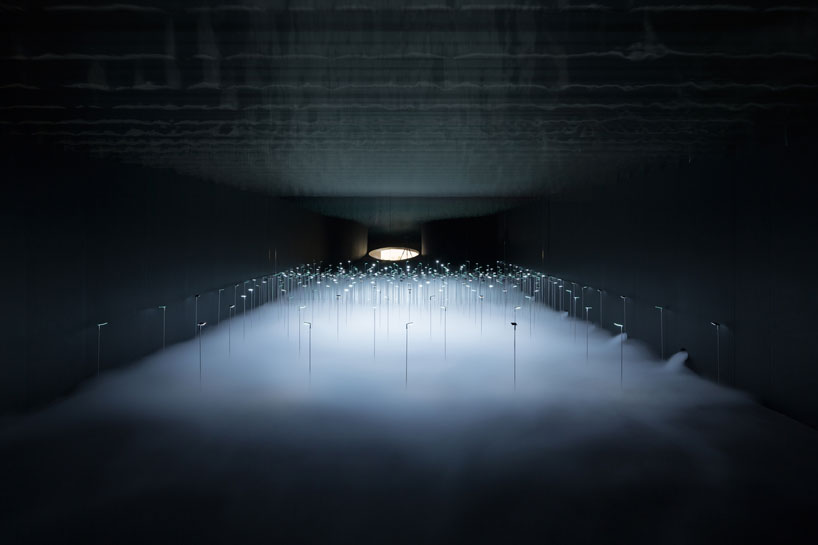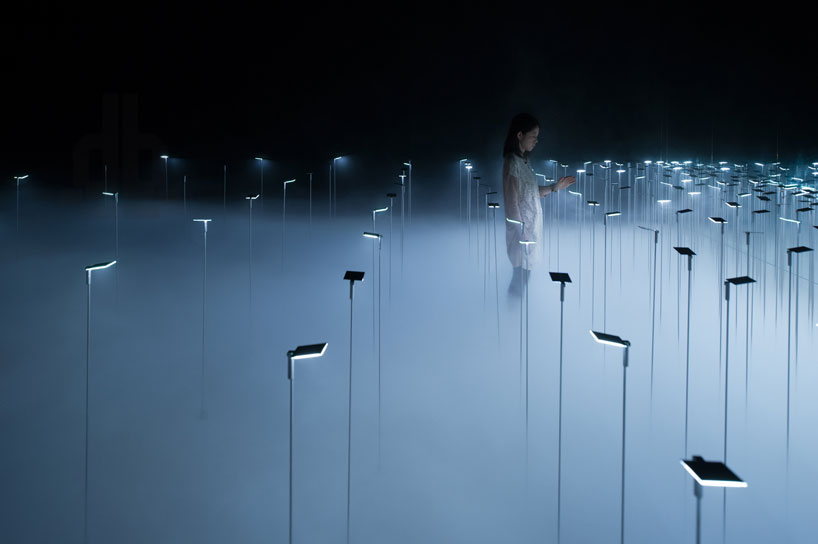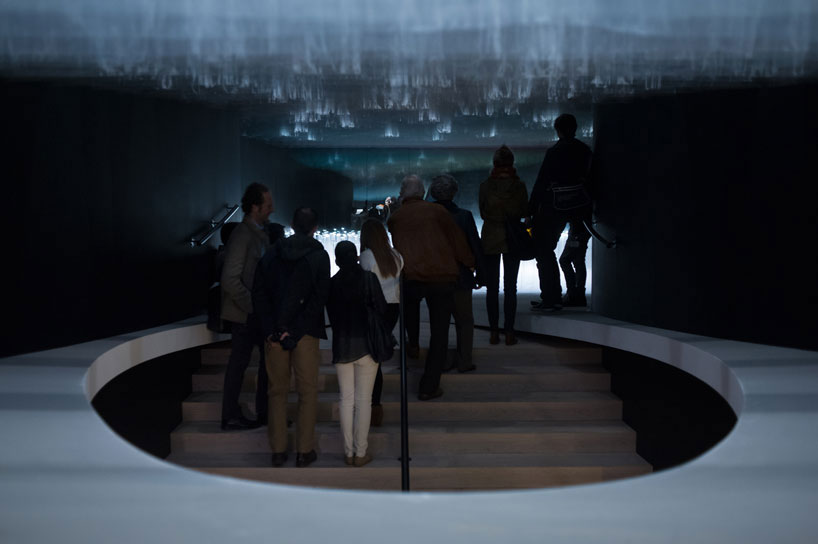Entry No. 14
4 February, 2014
Author: Veronika Jonsson
THE OLED: DEFINING A NEW FRONTIER IN LIGHTING DESIGN
Featuring In-Tenta | Sinato | Philips Lumiblade
OLEDs, also known as organic LEDs, work similarly to their LED namesake. When electrical current passes through the thin semiconducting materials that make up part of its construction, the OLED produces light. These semiconducting layers are uniquely organic, unlike those in an LED. The semi-conductive layers are sandwiched between one positively charged cathode layer and one negatively charged anode layer which manages the movement of electrons through the assembly to produce light. Depending on whether the OLED is transparent or not, the cathode layer can be either transparent or opaque. This sandwich construction then sits on an organic transparent material called a substrate.
The difference between LEDs and OLEDs
The semiconducting layers of LEDs are built in crystals of inorganic material while OLEDs are created using organic material. This means that OLEDs are more resistant to damage and can be made to be flexible or curved.
OLEDs also produce a dramatically different light quality than LEDs or any other electric light source. Unlike the typical point light source, OLEDs emit light evenly over a complete surface. This means that strategies for diffusing light, particularly important for the tiny point source lights characteristic of LEDs, are not necessary.
New Frontiers
ONA | In-Tenta
One of the winning designs in the LG International Design Competition, ONA responds to the competition’s call for designers to “change the way we see the Light.” Due to the fact that lighting continues to be evaluated by conventional standards such as light output and wattage, the unique qualities of OLEDs are generally overlooked. The call for entries asked that designers “bring justice to the quality of OLED light” in order to set a new precedent for light quality to support emotional and physical health. Dividing the competition into two categories – the first for designs using the standard OLED panel developed by LG and the second for designs using the special flexible panel design, ONA was the first place winner in the first category. Delivering a lighting product that could be mass-produced and that integrated itself within furniture design, the jury thought that it did well representing some of the possibilities for the OLED.
In-Tenta is among many renowned lighting design studios working to integrate OLEDs in their work. New designs take advantage of the flexibility OLEDs allow as well as their diffused quality of light, which lends them to be understood as a ‘lit surface.’ These attributes are being explored in new applications across the globe; from Samsung’s flexible Smartphone display prototypes to Audi’s ‘wallpaper’ car lighting.


[Photos courtesy of inhabitat]
Infuse| Chikara Ohno of Sinato
A particularly artful application of the OLED, the lighting installation at Superstudio Piu in Milan combines the effect of the OLED with that of fog to create an ethereal interior landscape. In this installation Ohno saw the potential for the OLED to be reconsidered in an experiential context. In the installation space many OLED panels are set up in a pattern so that visitors can meander through them and walk through the light infused fog moving at their feet. Because the OLED panels emit diffused light at each source there are no concentrations of light distinguishable in the fog. This even distribution throughout the mist produces an absolutely dream-like effect – as if one were walking through a blanket of light.



[Photos by Takumi Ota. Courtesy of DesignBoom]
To view more emerging OLED specific applications and designs check out the video below produced by Philips Lumiblade in association with Dezeen Magazine.

Leave a Reply